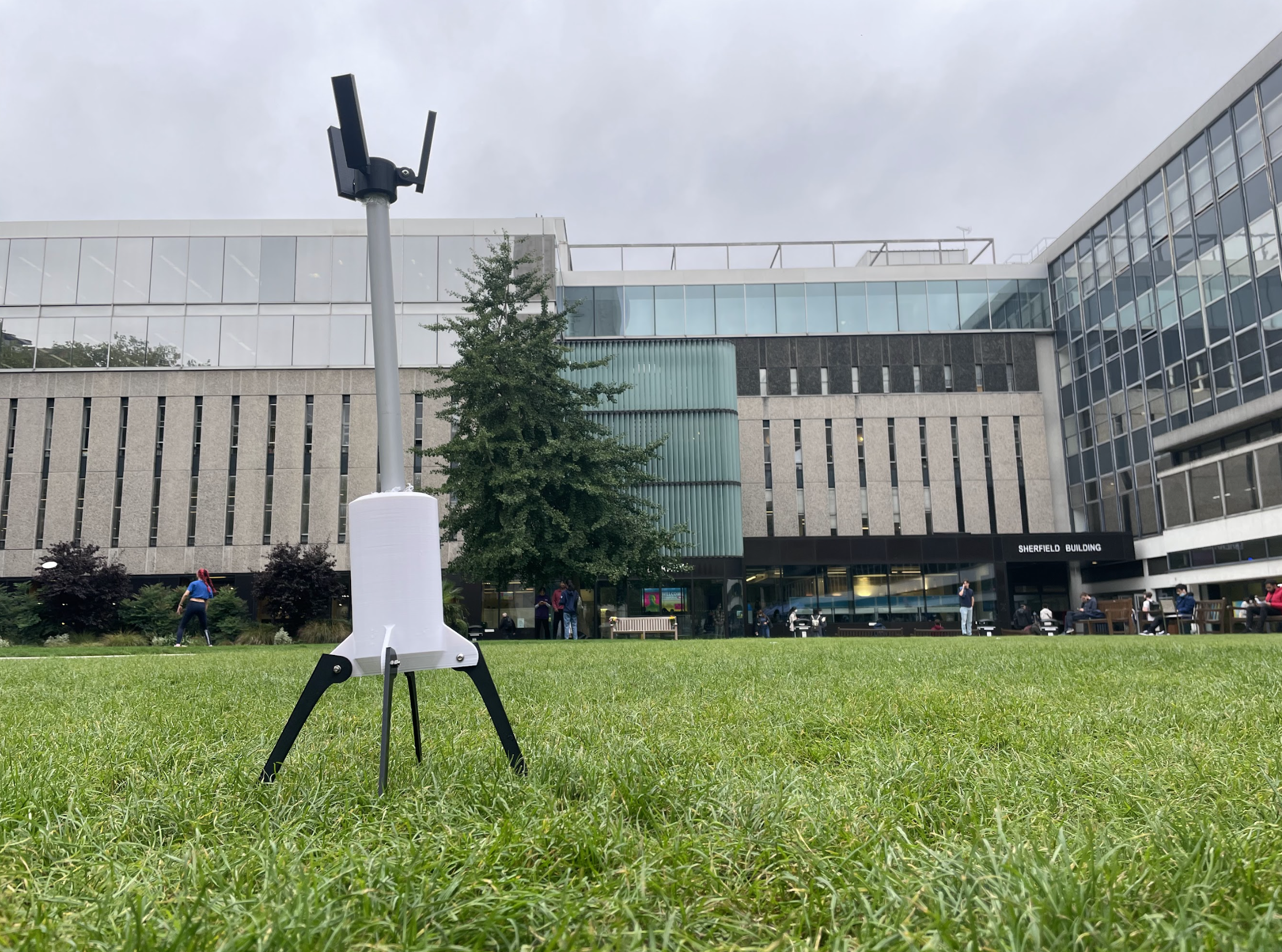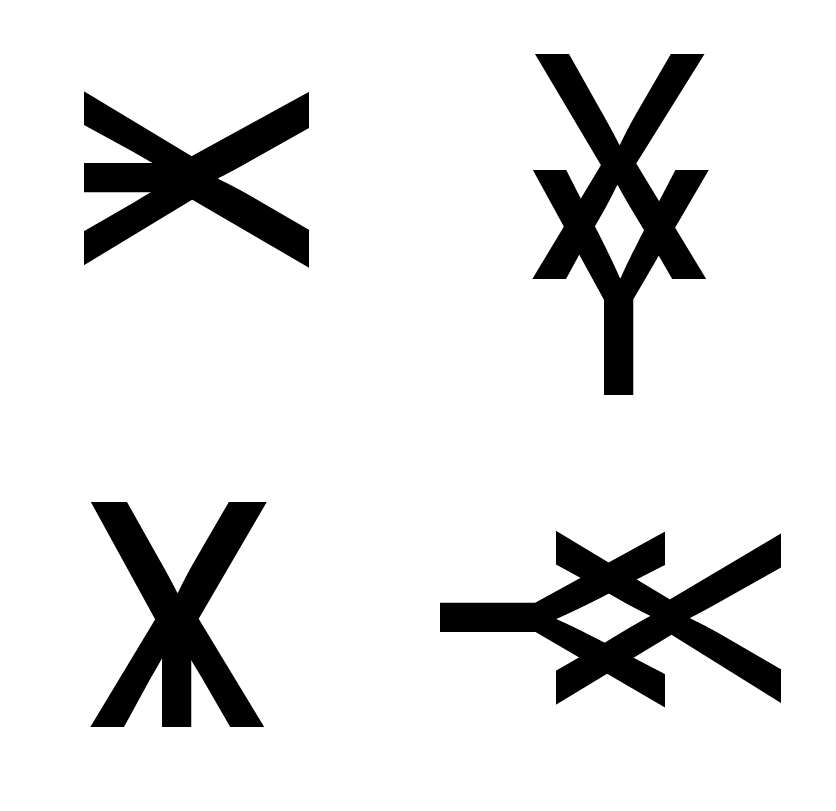

Grounded Carbon.
Trade and trace natural carbon offsets in one marketplace.
Be part of the journey towards net-zero carbon emissions.






Featured on


Powered by






Selected Awards






Role
-
Defined product and business strategy
-
Lead the UX/UI design
-
Facilitation with experts
-
Executive presentations
-
Produce the project video
-
Product management and public relations
My Role: Co-founder, Product Design Lead
Team: 1 Designer, 2 Engineers, 1 Researcher
Duration: 5 Months (Proiect start to Dev start)
Outcome: Alpha Testing
Software: Adobe Illustrator, Keynote, Figma, C4D,
Adobe Premiere Pro, Auto CAD, Keyshot
About
Global Challenge

Emissions
Net Zero
Emission from essential
human activities
For example: Shipping/Aviation/
Fertiliser/Concrete
Time
Carbon Removal
51 Gt
Current manmade CO2e
Emissions/Year
We are engaged in a global race towards achieving net zero. Currently, humanity emits a staggering 51 billion
tons of CO2e annually. To ensure the habitability of our planet, it is imperative to drive this number down to 0.
This necessitates not only the reduction of carbon emissions but also the active removal of carbon from the atmosphere.
One effective method of natural carbon removal is through the process of photosynthesis.
Plants absorb carbon and sunlight, converting them into biomass that eventually decomposes and enriches the soil. The way we farm on the soil has an huge impact on the carbon cycle.
Up to
8.6Gt
of CO2e could be captured
and stored in soil annually
18x
UK greenhouse
Gas emissions
=
Source: UN IPCC Special Report onClimate Change and Land.
Source: Department for Business, Energy and Industrial Strategy, UK Greenhouse Gas emissions 2020, provisional figures.

Grounded Carbon has pioneered the generation of dynamic carbon credits using decentralised ledger technology, delivering trust, transparency, and resilience, to rectify the fractured carbon marketplace.
In collaboration with our partner farms and lab, we employ a blend of field sampling and remote sensing to monitor, report and verify the soil carbon content of fields.
The collected soil carbon data is subsequently uploaded onto a public blockchain, enabling meticulous tracking of the progressive soil carbon enhancement over time.
Solution Overview

User Workshops (SMEs / Retail Investors)
Insight: SMEs who invested in carbon credits expressed insecurity and scepticism when purchasing carbon credits, raising concerns about their legitimacy and credibility.
Stakeholder Interviews (Scientists / Researchers)
Insight: Scientists and Researchers voiced their observations that a substantial number of carbon credits lack the necessary scientific rigour to substantiate their claimed climate benefits.
Field Research & Design Experiments(Physical & Digital Prototypes)
After gathering insights from the research, I led the team to experiment with both digital and physical prototypes to uncover potential within the carbon credit ecosystem. We tried out efficient and accurate methods to get carbon content from soil and different ways of visualisation to understand the data more easily.
Problem Research
To understand the direct user problem and pain point from the whole value chain, I led the team to conduct user research and experiments involving 40+ participants through stakeholder interviews, user workshops, surveys, focus group meetings etc.




Lisa Winkler - Researcher
Grantham Institute for Climate Change
Many carbon-capturing methods lack scientific evidence. We don't yet have a "magic machine" to capture all the emissions.

Direct air capture projects like the one in Iceland are extremely expensive to scale, we focus on capturing emissions where they are created.
Dr Colin Hale - Researcher
Carbon capture Pilot Plant
”
”
Matt Johnson - CEO
Bare Conductive Ltd
Consumers have no idea whether or how carbon crediting is effective to solve climate change. Carbon Credit projects seem very scammy.
Achieving net zero is difficult for smaller firms and creatives. Now there is too much emphasis on the consumers' responsibility.
Claire Brass - CCO
Bulkify
”


”
Soil sampling methods display
Soil sampling machine upgraded design prototype
Soil content digital twin visualisation design
Soil sampling at Kensham Farm with farmers
Visiting regenerative farming facilitations
Soil carbon content measuring at ICL Waring Ecology Lab with Scientist






Problem Reframe & Pain Point
Based on our extensive research and 2 rounds of design experiments and iterations, I made a customer journey map of our user persona-SMEs. These findings underscore the urgent need for addressing challenges to enhance the trustworthiness and scientific integrity of carbon credits in a all in one marketplace.

Understanding the Market:
The carbon credits market is complex and lacks standardisation, which can be particularly challenging for SMEs that may not have the same resources as larger organisations to navigate.
Quality Assurance:
SMEs may struggle to assess the quality of carbon credits due to issues related to transparency and credibility. Ensuring that credit truly contributes to carbon reduction can be difficult without in-depth knowledge.
Financial Constraints:
SMEs with limited budgets can find purchasing carbon credits a significant investment and hard to manage. The lack of affordable options may restrict their ability to participate.
Limited Influence:
Larger corporations typically have more influence in the carbon credits marketplace. SMEs have less say in the carbon marketplace which can make it more challenging to prove their climate actions.
Vision
Investing in carbon offsets should be a
continuous, easy and transparent process.
Design Goal

Reduce “green-washing”
business practices
via keeping track of
long-term credibility.

Bring more
certainty & tangibility
in the climate benefit of
natural carbon offsets.

Use design interventions
to democratise
and popularise
natural carbon capture.
After Users (SMEs) invest in obtaining carbon credits, Grounded Carbon will generate carbon removal offset certificates that are verified by third-party standards. These certificates will be integrated into a Web3 dApp built on a public blockchain, which will mint dynamic NFTs corresponding to the offsets, with tangible carbon data.
The value of these dynamic NFTs directly corresponds to the successful carbon sequestration in the soil of the chosen farms. In this unique model, both users and their customers will obtain co-ownership of these dynamic NFTs, enabling them to track and showcase their impact on the climate.
Unique Value Proposition

MVP& Information Architecture
User Prototypes
Key Feature 1
Buy Carbon Removal Offsets

Users can buy carbon offsets by browsing farms, searching for farms known for sustainable farming practices, checking farms' details, and then investing to get verified carbon credits directly from Grounded Carbon.
User Prototypes & Final Polish
Key Feature 2 & 3
Start a Subscription /
Integrate Carbon Offsets

Users can start a subscription without choosing a farm. By subscribing to monthly carbon removal tonnes, they can also make investments in carbon offsets. Users can also learn how certificate on transparent public blockchain works.

Key Feature 4
Carbon Removal Offsets Certificate

Users will get a certificate generated from carbon credits. They and their customers, partners, can track the showcase of soil carbon's dynamic NFT and check integrated Web3 dApp to supervise the climate impact.

Efficient Team Communication
I learned that aligning the product scope and identifying the problem first can help a lot for clear communication. Starting a discussion with a mutual understanding can improve team alignment and streamline subsequent conversations. This reduced confusion minimised the time wasted on unnecessary communication and kept the project running smoothly.
Engineers Early Involvement
Early prototyping and testing during our project proved vital for identifying and addressing potential issues. Small design decisions often carry significant technical implications. Engineers' insights from the outset helped us identify potential issues, navigate technical implications, and make efficient design decisions, which significantly saved time and streamlined product development.
Impact on the Whole Value Chain
Design decisions involve finding a balance between user needs, business objectives, available resources, and the stage of the product. While focusing on the user problem and impact is crucial, it's equally essential to consider the project's contribution to the overall and future landscape of the business. These impacts carry the same weight as the impacts on users when presenting the project to leadership.




